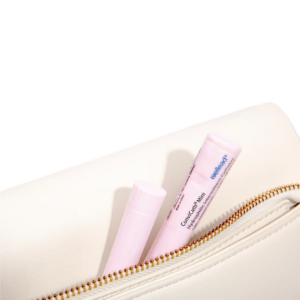Hydrophilic catheters have emerged as a significant advancement in urological and medical procedures, providing patients and healthcare providers with enhanced comfort and effectiveness. This article delves into the various aspects of hydrophilic catheter use, highlighting their benefits, applications, and the importance of choosing the right product for optimal outcomes.

The Benefits of Hydrophilic Catheters
One of the primary advantages of hydrophilic catheter use is the reduced friction during insertion and removal. Unlike traditional catheters, which may cause discomfort and irritation, hydrophilic catheters are coated with a special hydrophilic surface that becomes slippery when exposed to water. This feature significantly minimizes trauma to the urethra and bladder, improving patient comfort during the procedure.
Moreover, the use of hydrophilic catheters can lead to lower rates of urinary tract infections (UTIs). The smooth surface not only facilitates easier insertion but also reduces the risk of bacteria adhering to the catheter. This is particularly important in long-term catheterization scenarios, where the risk of infection is a significant concern. Healthcare providers are increasingly recognizing the benefits of hydrophilic catheter use in maintaining patient health and minimizing complications.
Applications in Healthcare Settings
The applications of hydrophilic catheters are diverse, spanning various medical fields. In urology, they are commonly used for intermittent catheterization in patients with urinary retention or neurogenic bladder. The ease of use associated with hydrophilic catheter use allows patients to self-catheterize with assurance, leading to improved quality of life.
In addition to urological applications, hydrophilic catheters are also gaining traction in other areas such as critical care and surgery. Their ability to reduce trauma and infection risk makes them suitable for patients undergoing various medical interventions. As healthcare practices evolve, the incorporation of hydrophilic catheter use into standard protocols can enhance patient safety and satisfaction.
Furthermore, healthcare facilities are increasingly adopting these catheters due to their convenience and efficiency. The ready-to-use design eliminates the need for additional lubricants, streamlining the catheterization process. This not only saves time for healthcare providers but also ensures that the procedure can be conducted in a sterile and controlled manner.
Choosing the Right Hydrophilic Catheter
When considering hydrophilic catheter use, it is crucial to select the appropriate product based on the specific needs of the patient. Factors such as catheter size, length, and material must be taken into account to ensure optimal performance. Healthcare providers should also consider the patient’s medical history and any existing conditions that may influence catheterization.
Well Lead Medical offers a range of hydrophilic catheters designed to meet various clinical needs. By providing high-quality options, they contribute to better patient outcomes and satisfaction. The company emphasizes the importance of education and training for healthcare providers to ensure proper catheter use and minimize complications.
Ultimately, the choice of hydrophilic catheter can significantly impact patient experience and health outcomes. By prioritizing quality and comfort, healthcare providers can enhance the effectiveness of their interventions and improve overall patient care.
Conclusion
In conclusion, hydrophilic catheter use represents a significant advancement in medical technology, offering numerous benefits for both patients and healthcare providers. With their reduced friction, lower infection rates, and diverse applications, hydrophilic catheters are becoming essential tools in modern healthcare. As the industry continues to evolve, the emphasis on quality and patient-centered care will only increase, making the selection of the right catheter more critical than ever. Well Lead Medical’s commitment to providing high-quality hydrophilic catheters supports the ongoing efforts to improve patient outcomes and enhance the overall healthcare experience.

